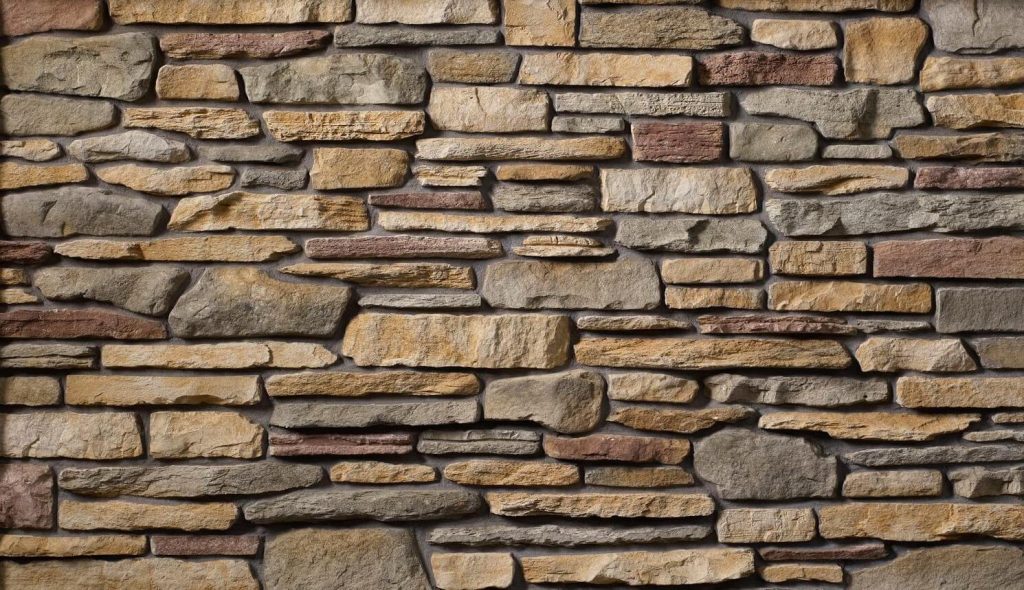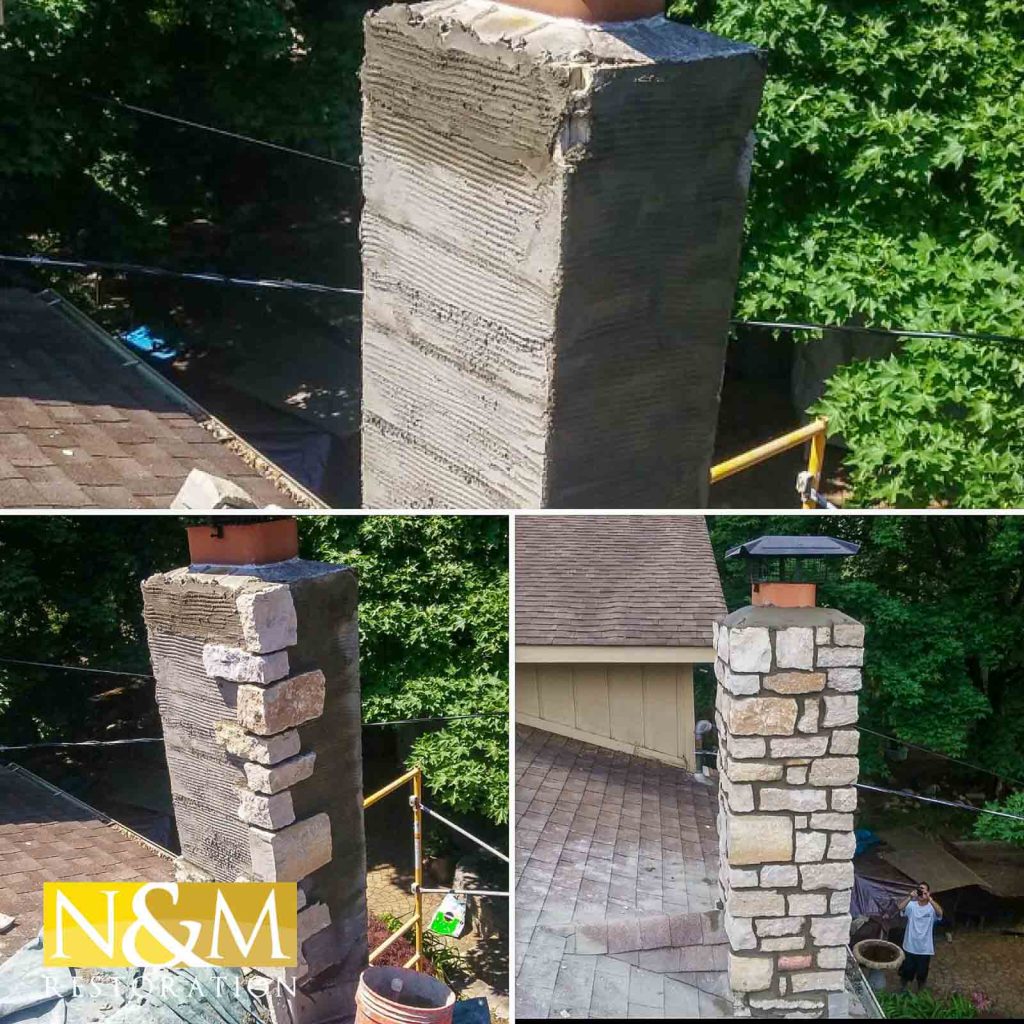Defining Cultured Stone and Stone Veneer
Cultured stone is a man-made product that mimics the appearance of natural stone. It’s made by pouring a liquid mixture of cement, aggregate, and pigments into molds that replicate the shape and texture of natural stone. On the other hand, a stone veneer is a thin layer of natural stone cut from quarried rock and applied to a backing material, such as a concrete block or wooden frame.
Composition and Manufacturing Process
As mentioned above, cultured stone is made from cement, aggregate, and pigments. The liquid mixture is poured into molds and allowed to cure. Stone veneer, on the other hand, is made from real, natural stone that’s cut into thin slices. These slices are then applied to a backing material with mortar or adhesive.
Visual Differences
Cultured stone can replicate the appearance of various types of natural stone, including limestone, sandstone, and even brick. It has a uniform texture and color, making it a popular choice for modern homes. Stone veneer, on the other hand, is a real, natural stone, so it has unique variations in texture, depth, and color that can add character and visual interest to a home’s exterior or interior.
Pros and Cons of Each
Cultured stone is more lightweight and easier to install than natural stone veneer. It’s also generally less expensive per square foot. However, it may not have the same level of durability and longevity compared to natural stone veneer. On the other hand, natural stone veneer is more durable and can last for decades. However, it’s heavier, more difficult to install, and more expensive than cultured stone.
Durability and Maintenance
Both cultured stone and natural stone veneer are durable and require minimal maintenance. They’re resistant to weathering, fading, and staining, making them ideal for use in outdoor applications. However, cultured stone may require periodic cleaning to maintain its appearance, while natural stone veneer may need to be resealed every few years to protect against moisture.
Cost Comparison
Cultured stone typically costs less per square foot than natural stone veneer. The price of cultured stone varies based on the brand, texture, and color, but it generally ranges from $8 to $12 per square foot. Natural stone veneer costs vary based on the type of stone, thickness, and finish, but it typically ranges from $20 to $30 per square foot.
Installation Process
Cultured stone is easier to install than natural stone because it’s more lightweight and can be installed with thinset mortar. On the other hand, natural stone veneer requires a thicker mortar bed and may need additional support to prevent sagging or cracking. Both materials can be installed by a professional contractor or a homeowner with experience in masonry.

Suitable Applications
Cultured stone is ideal for use in various applications, including exterior walls, fireplaces, and accent walls. It can also be used to create architectural details, such as columns and archways. Natural stone veneer is also suitable for these applications. Still, it’s best used in areas where its unique natural variations will be highlighted, such as on a fireplace or feature wall.
Indoor vs. Outdoor Use
Both cultured stone and natural stone veneer can be used indoors and outdoors. They’re ideal for enhancing the curb appeal of a home’s exterior or adding a touch of elegance to interior spaces, such as a living room or kitchen. When choosing between the two, consider the application and the style you’re trying to achieve.
Design Flexibility
Cultured stone offers greater design flexibility than natural stone veneer because it can be molded into different shapes and sizes. This means it’s easier to create custom designs and architectural details. Natural stone veneer, on the other hand, offers natural variations in texture and color that can add character and charm to any design.
Environmental Considerations
Both cultured stone and natural stone are eco-friendly because they’re made from natural materials. Cultured stone also uses less energy in manufacturing than natural stone veneer, making it a more sustainable choice. However, to minimize your carbon footprint, consider purchasing natural stone veneer from a local quarry to reduce transportation emissions.
Choosing between cultured stone and natural stone veneer ultimately depends on your preferences, budget, and the application. Both materials offer durable, low-maintenance, and beautiful natural stone aesthetics, but they have unique differences in composition, aesthetics, cost, and installation. By considering these factors, you can make an informed decision that will enhance the value and beauty of your home for years to come.






